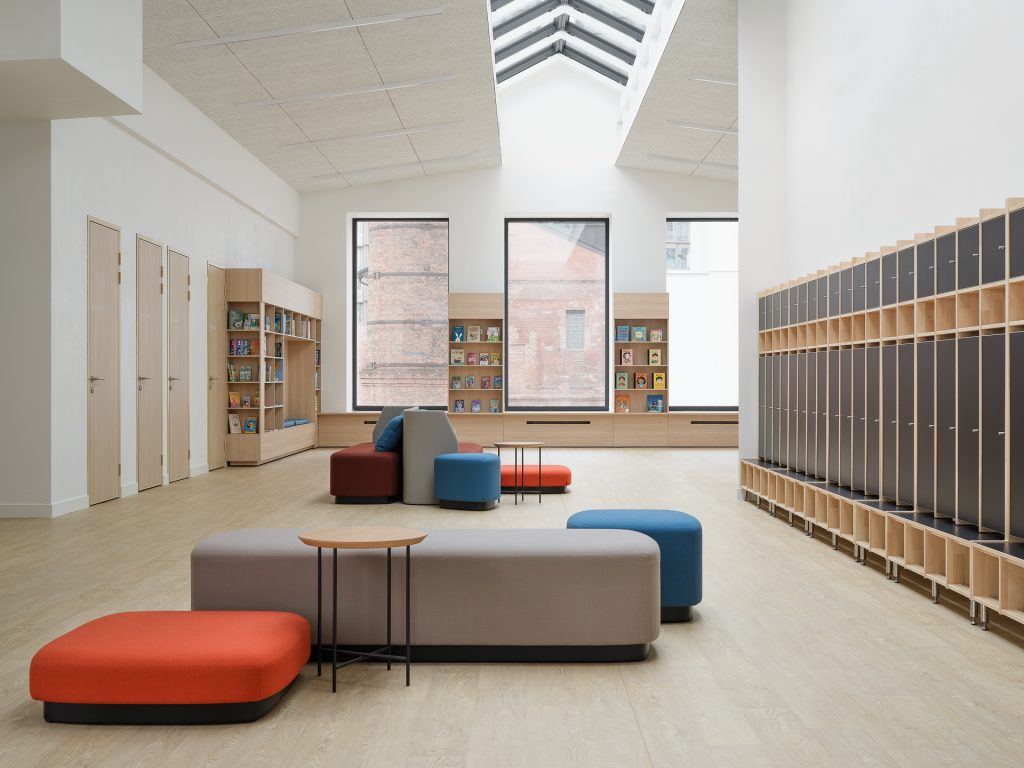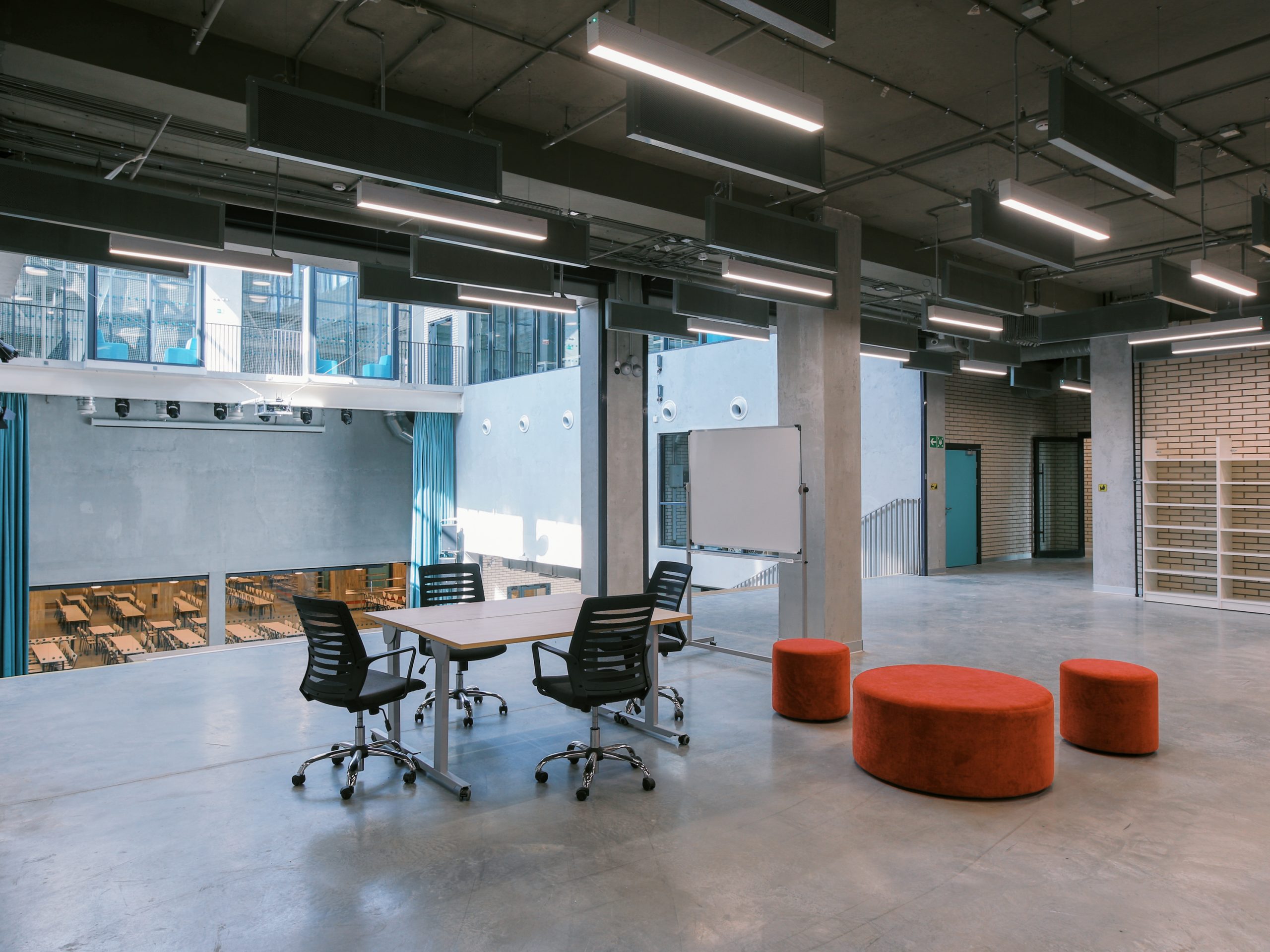“Over the past 6 years, EdDesign LLC has launched 19 outstanding schools – both as architects and engineers. About 30 of them are in the design or construction phase. The initiators of most of these projects are private investors, who will mostly transfer the school buildings to the state, but there are some who will keep the asset for themselves, launching a private school. The company worked with five dozen people who decided to invest in construction of new schools” Elena Aralova, Founder of EdDesign, covers each step investor goes through to build its perfect school.

Action Plan
• Step 1 — understand what your school is about? What is its idea, concept, and values? What is your super challenge? How will the school be different from a thousand others? What kind of kids is your school for? What exactly do you want to accomplish in 10 years when you can take stock?
Based on these considerations, you will be able to determine the basic technical requirements: (1) school construction site; (2) capacity; (3) expected building floor area; and (4) financial model of the project. By matching your ambitions with your capabilities, you can move on.
• Step 2 — assemble a school launch team. There is no guarantee that these people will then work at the school, but they should definitely be able to conceive it, build it, fill it with kids and adults, meet the deadlines and money, and finally open it by the upcoming 1st of September.
There are typically five key people: conventionally, the educator (who understands about the content), the project manager (who understands about the processes), the financier, the builder (who understands about the building) and the person who makes all the key decisions.

La Berёzka International Academy designed by EdDesign. Photo: La Berёzka Academy
It is clear that the team will acquire contractors. Of course, in a school project, money, time, discipline, and established processes all play a big role… But it’s the people who carry the most weight. Their sincere involvement, human interest, desperate struggle for the best solutions, extreme, pedantic attention to every detail of this difficult journey.
“Quality” people make up for everything: the lack of money, goofiness of others around them, and the villainy of the approving authorities. Sensible people are our main magic tool.
• Step 3 — design and build a school house. Here, in my opinion, the most critical factor is the Technological and Technical Assignment. The first document lists the composition of rooms and their parameters, connections between each other; it gives a task for the “intelligence” of the building. The second one lists the detailed requirements for structural, architectural, and engineering solutions. Usually these documents are purely formal, in 99% of cases they are copied from the internet. And that, of course, is a huge mistake. Because it’s actually tons of internal work, insights, expertise of the entire market, ingeniously packaged in 50 sheets.
![]()
Words and dreams need to be converted into the volumetric planning of a school building. Come up with the logic of its arrangement. Lay through the volume all educational innovations and projections of the future. Build the “social” gene into the DNA of the reinforced concrete framework. And, preferably, without violating design standards. In our company we have unique experts of extra-class, solving incredible puzzles on a daily basis: how to “collect” in this miracle building the norms, education, engineering and technological “intelligence” and do it economically feasible.
This is the most important design stage. Then, of course, you can adjust shafts, columns, and wall finishing. But you certainly can’t fix a primitively assembled school building.
After that, three dozen engineers, designers, architects are involved in the work, who for 7–9 months painstakingly “grow” the model of the house, passing many instances.
• Step 4 — school launch. During the design and construction of the building, the team wastes no time. It resolves administrative issues (building commissioning, licensing, accreditation) and, most importantly, ponders how the educational process will be organized.
If the investors deal with the educational component themselves, then here they are at the first fork in the road: to hire an “operator” (a third-party company that organizes the educational process in the building for a fee) or to create an educational and management team on their own to launch the school in their own name.
In the world, the first approach – through the operator – is common. In the second approach, ambitious investors decide to independently manage the educational component of the project. And it’s understandable: they want to influence the life of the school, have no intention of giving up control, believe that only they know what’s best.

Formula School designed by EdDesign. Photo: EdDesign
A year before the school opening, the project team begins to select the school director, department heads, in short, to form the most important asset of the school – the staff of teachers. In parallel, there is a big discussion about educational priorities and methodology. It is a magical time of creativity and discussions from which the school itself will be born. Colleagues start thinking about protagonists: how to recruit students, how to create a community of certain values, how to work with parents. Financiers calculate the budget, build an economic model, and determine the price of education. Administrators prepare for building acceptance. The launch is imminent!
When magic happens… and why if doesn’t
A few practical observations. When do innovative, outstanding school buildings result? Why is it that sometimes magic happens and the school turns out to be alive, vibrant, real, and sometimes it remains just an “expensive building”?
For ourselves, we have identified several conditions that precede the emergence of remarkable school buildings:
- All such schools had a strong, ambitious teaching team, which was assembled and prepared well in advance and included in the design of the school.
- The project leader is well prepared for the work: he has personally inspected all progressive school buildings, discussed the pros and cons with the people who operate them, is well-informed and competent.
- The school construction budget was formed and approved before, not after design, and was regularly analyzed and specified as the project progressed.
- The school always has one customer: a certain individual, tightly integrated into the project. Such a person makes decisions quickly, has authority, and personally controls the project.
- The design involved companies that have experience with progressive schools (know the standards and specifics of facility operations). The design documentation was as complete as possible, extremely highly detailed, and truly, not fictitiously executed in BIM.
- During construction, the independent and rigorous supervision was organized, rather than formal, author’s and technical supervision, as usual.
And the flip side: why does an ambitious school project often turn out to be a very mediocre building?
- High inertness of the team (“we design the way we have always designed – everyone studied at school once, we know”), low tolerance to risks, experimentation, incompetence in educational technologies.
- Typical technical and technological assignment copied from the Internet.
- Forced, rushed design.
- Building “at sight”, without a finished project.
- Poor “assortment” of design solutions.
- The customer has no competent specialists who can meaningfully and pedantically check the project documentation, carry out technical supervision at the construction site, and accept the completed object.
- Weak project management.
- Unmotivated, unspecialized designers.
EdDesign LLC: we conceive, design, manage the construction and outfit unusual, innovative school buildings. Meet of our projects here.
